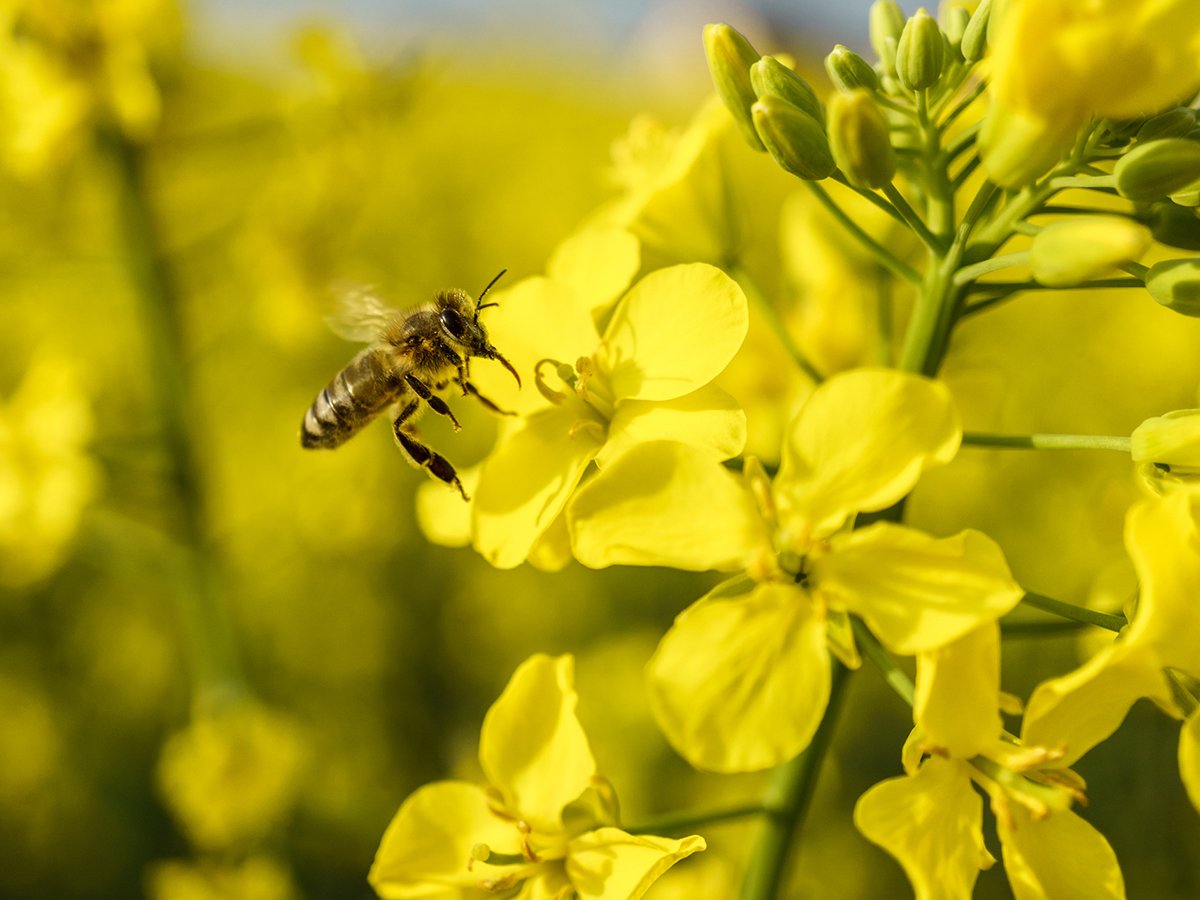It’s Oct. 20 and we awake to the knowledge that Tom Mulcair is the incoming prime minister. The nation is under NDP rule for the first time.
What can agriculture in Western Canada expect from the new government?
An NDP win federally seemed like a long shot until recently. Now it’s within the realm of possibility. After all, if the NDP can win in Alberta, why not federally?
A minority government seems like the most likely scenario, but minorities tend to become majorities when another election is forced.
Read Also

Invigor Gold variety viewed as threat to condiment mustard
Invigor Gold, the canola-quality mustard developed by BASF, is on a collision course with Canada’s condiment mustard industry. It’s difficult to see how the two can co-exist.
Looking through the nominated slate of NDP candidates in the prairie provinces, there isn’t much agricultural policy depth.
One candidate who stands out is Nial Kuyek, who most recently served as general manager of the Agricultural Producers Association of Saskatchewan.
It’s interesting to note the philosophical divide between APAS and the Saskatchewan Association of Rural Municipalities. Two former SARM directors, David Marit and Doug Steele, will be running for the Saskatchewan Party in the next provincial election.
If the NDP does form the national government and if Kuyek wins his seat, he could become an important voice for agriculture.
The other candidates are largely teachers and community activists that appear to know little about commercial agriculture.
If the Liberals come from behind and pull out a win, Ralph Goodale will again figure prominently in ag policy. Goodale has been a politician forever and he’s a former agriculture minister. Love him or hate him, he maintains an amazing command of a large number of complex issues.
Goodale could end up with help from Manitoba Liberal candidate Terry Hayward. Hayward has a strong farm policy background having worked for Agriculture Canada, the National Farm Products Marketing Council and Manitoba Rural Adaptation Council.
If the Conservatives hang onto power, ag policy surprises are likely to be rare. What we’ve had is likely what we’ll continue to get.
The Conservatives have been trade oriented and they managed to fulfill their election promise of ending the monopoly powers of the CWB.
Both the Liberals and NDP opposed the CWB’s dismantling, but neither is likely to attempt a resurrection.
In fact, it’s difficult to know exactly what a change in government would mean to farm policy.
A photo of Tom Mulcair posing with anti-GMO activists and holding a T-shirt advocating the labelling of GM foods has been widely circulated over the past couple weeks.
While the NDP’s official position on GM foods and labelling remains unclear, this picture paints a thousand words that should concern commercial agriculture.
Perhaps an NDP government would do a good job of standing up to the railways and rewriting the Canada Transportation Act. Maybe they would strengthen food safety inspections. But they have few obvious connections within prairie agriculture and farm organizations didn’t build many bridges with the NDP while they were in opposition.
If the first official leader’s debate is any indicator, agriculture will barely register as an election issue. With the collapse of the Trans-Pacific Partnership negotiations, the dairy and poultry sectors no longer face an imminent threat, so even that issue wasn’t discussed.
Courtesy of social media, communication will be more immediate and nationwide than ever in the longest campaign of modern history. However, we could end up with a new government and only a vague idea of where they stand on farm issues.















